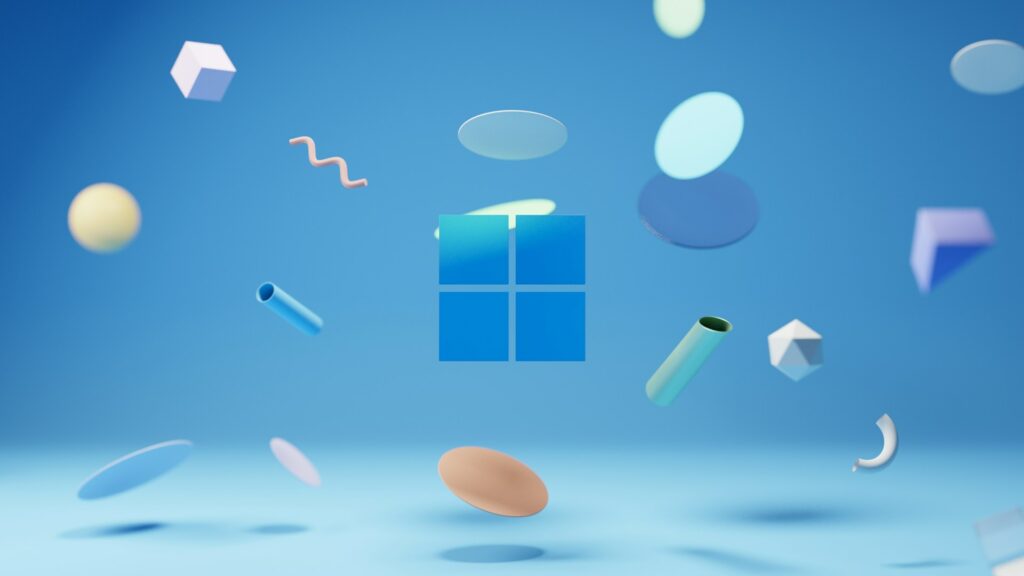How to Install and Configure Windows 11 from a USB Drive

How to Install and Configure Windows 11 from a USB Drive
Installing Windows 11 via a USB drive is one of the most dependable and effective ways to set up a new system or upgrade from an earlier version of Windows. This approach is also popular among IT professionals. The preparation of the installation media and the configuration of your system for best performance following setup are both covered in this tutorial, which talks through each step in detail.
Making Arrangements for Establishment
It is vital to ensure that your computer satisfies the minimum system requirements for Windows 11 before commencing the process of installing the software. These include a 64-bit CPU that is compatible, four gigabytes of random access memory (RAM), sixty-four gigabytes of storage space, the ability to perform Secure Boot, and the option to activate TPM version 2.0 in the BIOS.
In addition, it is essential to create backups of your information since installing Windows will often delete everything that is stored on your most important disk. It is recommended that you save your personal information, documents, and any program keys on an external hard drive or in the cloud.
Designing a USB Drive That Can Be Booted
First things first: you need to make a USB device that can boot Windows 11 before you can install it. In addition to a reliable internet connection, you will want a USB device that has a minimum of 8 gigabytes of empty space.
Visit the official website of Microsoft and follow the instructions to get the Media Creation Tool for Windows 11. The utility should be launched once it has been downloaded, and the option to create installation media (USB flash drive, DVD, or ISO file) should be selected. Simply follow the on-screen instructions to choose the language, edition, and architecture that best suits your needs (often 64-bit).
The next step is to plug your USB drive, choose it as the destination, and then allow the program to download and transfer the files that are required for the installation. Depending on the speed of your internet connection, this procedure might continue for several minutes. When everything is finished, you will have a USB drive that is completely bootable and ready to install Windows 11.
Making adjustments to the BIOS or UEFI settings
After you have created the USB installer, you will need to modify the boot order of your computer so that it starts from the USB drive rather than the other way around. You will need to restart your computer and then hit a key such as F2, F12, DEL, or ESC, depending on the manufacturer of your system, in order to reach the BIOS or UEFI settings.
To ensure that the USB device is at the top of the boot priority list, move it to the top of the Boot section. Proceed to depart and save your changes. At this point, your computer ought simply restart and boot from the USB device with no more intervention.
Commencing the process of installing Windows 11
Following the successful boot of your PC from the USB, the Windows 11 setup screen will be shown. Click the Next button once you have selected the language, time, and keyboard options that you like. In order to start the installation process, choose the Install Now option.
You have the option of entering a product key at this point if you are requested for one, or you may ignore this step and activate Windows at a later time. Next, choose the version of Windows 11 that corresponds to your license, and then ensure that you accept the conditions of the license before proceeding.
Determining the Type of Installation
When you visit this page, you will be prompted to choose between upgrading or doing a custom installation. Your data and apps will be preserved if you choose to update, although this option is most suitable for those who are currently using Windows 10. Custom is the option to go with for a clean installation: Only Windows should be installed (advanced).
Make sure that the drive that you wish to install Windows on is selected. To execute a clean installation, you will need to remove the partitions that are already present on your main drive and then create a new partition. Delete partitions with caution, since doing so will permanently delete all of the data from the partitions. When you are finished, choose the new partition, and then click the Next button to begin the installation.
The procedure for installation
It is now possible for Windows 11 to transfer files and install features that are required. The duration of this operation might range anywhere from ten to thirty minutes, depending on the speed of your system. While the installation is being completed, your computer will restart many times. Please make sure that you do not remove the USB device until Windows has completed the process of transferring all of the contents and restarted for the very last time.
Initial Configuration of Windows 11 for the First Time
Following the completion of the installation, you will be presented with the Windows 11 setup experience. Connect to a Wi-Fi network after selecting your area and keyboard layout, and then proceed to connect. Your settings will be synchronized and you will be able to use cloud services if you check in with your Microsoft account when requested.
In the event that you would rather utilize the system without the assistance of Microsoft services, you may alternatively establish a local account. Establish a personal identification number (PIN) for a speedy sign-in, and choose privacy settings that are tailored to your individual interests.
Configuring Drivers and Software Updates
Upon reaching the desktop, the first step is to check for any available updates to the operating system. Click the Check for updates button after You have opened Settings > Windows Update. For the purpose of maintaining the safety and reliability of your system, Windows will automatically download and install the most recent patches and drivers.
In addition, it is recommended that you go to the website of the manufacturer of your hardware in order to download the most recent drivers for your graphics card, chipset, and other components in order to get the best possible performance.
Adjusting Different Settings in Windows 11
Once you have updated your system, you should personalize it to fit your workflow. Change the layout of the Start Menu, alter the orientation of the Taskbar, and choose your theme from the Personalization options when you are finished.
In addition, you have the ability to modify power choices, enable OneDrive to do automatic backups, and personalize notification settings in order to reduce the number of distractions. Make sure you give yourself some time to investigate the new Windows 11 interface, which is more simplified and focused on effectiveness.
Integrating Necessary Programs and Applications
Install critical apps such as a web browser, antivirus software, office suite, and other productivity tools that you depend on once your system is operating without any problems. From the Microsoft Store, you can choose from a vast collection of programs that have been tested and are compatible with Windows 11.
In the event that you favor third-party apps, it is essential that you obtain them from reliable sites in order to preserve the security and stability of your system.
The activation of Windows 11
You will be able to activate Windows at a later time if you skipped the product key input during the installation process. You may change your Windows 11 license key by going to Settings > System > Activation, then clicking on Change product key and entering it for Windows 11.
After activation, you will have full access to all of the available updates, customization settings, and security controls. When your device is connected to the internet, Windows should start up immediately if it was supplied with the operating system already installed.
Doing a Backup of Your System
After you have finished setting everything, you should either generate a full backup image or a system restore point. If you run across problems in the future, you will be able to effortlessly restore your system thanks to this. To build a backup on an external disk, go to the Control Panel, then choose System and Security, then select Backup and Restore, and then follow the on-screen instructions.
The process of installing and customizing Windows 11 from a USB drive is an easy procedure that provides you with full control over the configuration of your device. If you take the time to properly prepare your installation disk, configure the settings of your BIOS, and follow the instructions that appear on the screen, you will be able to enjoy a Windows 11 experience that is clean, quick, and reliable.







